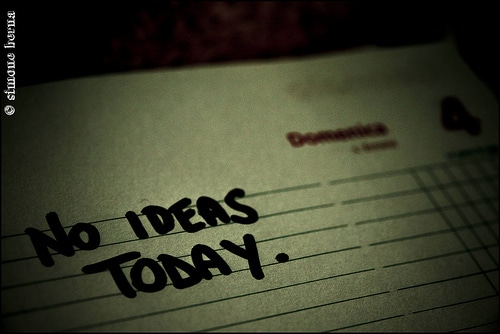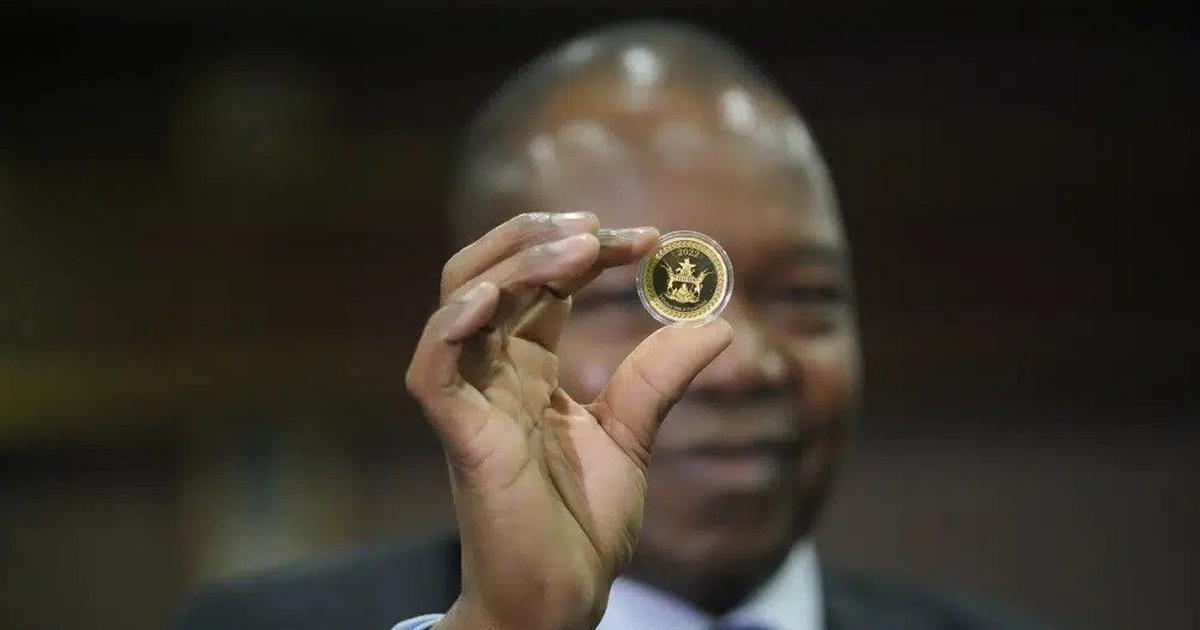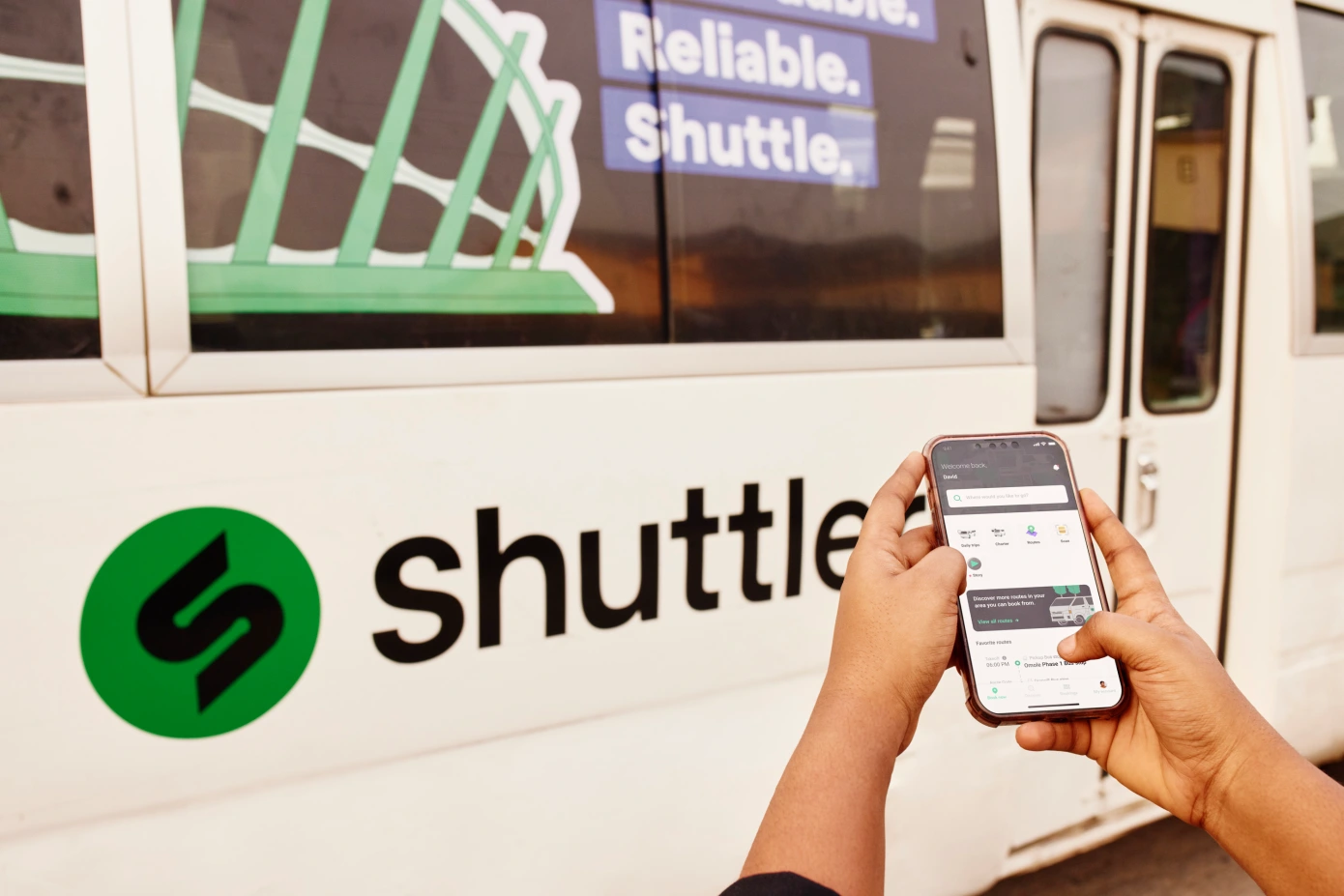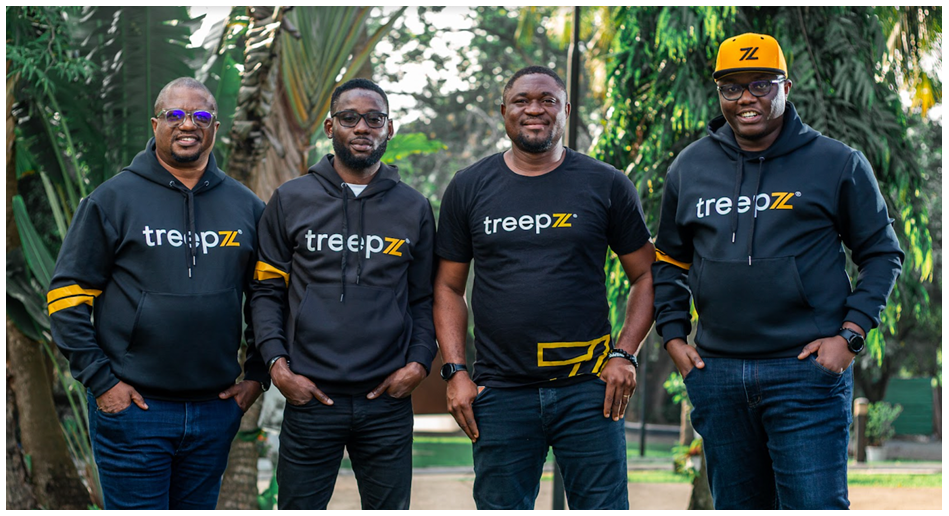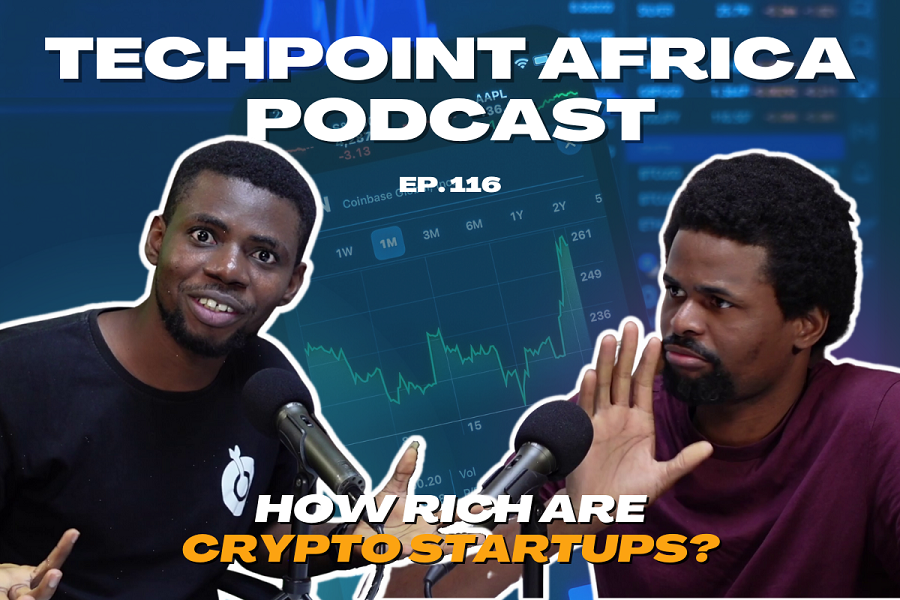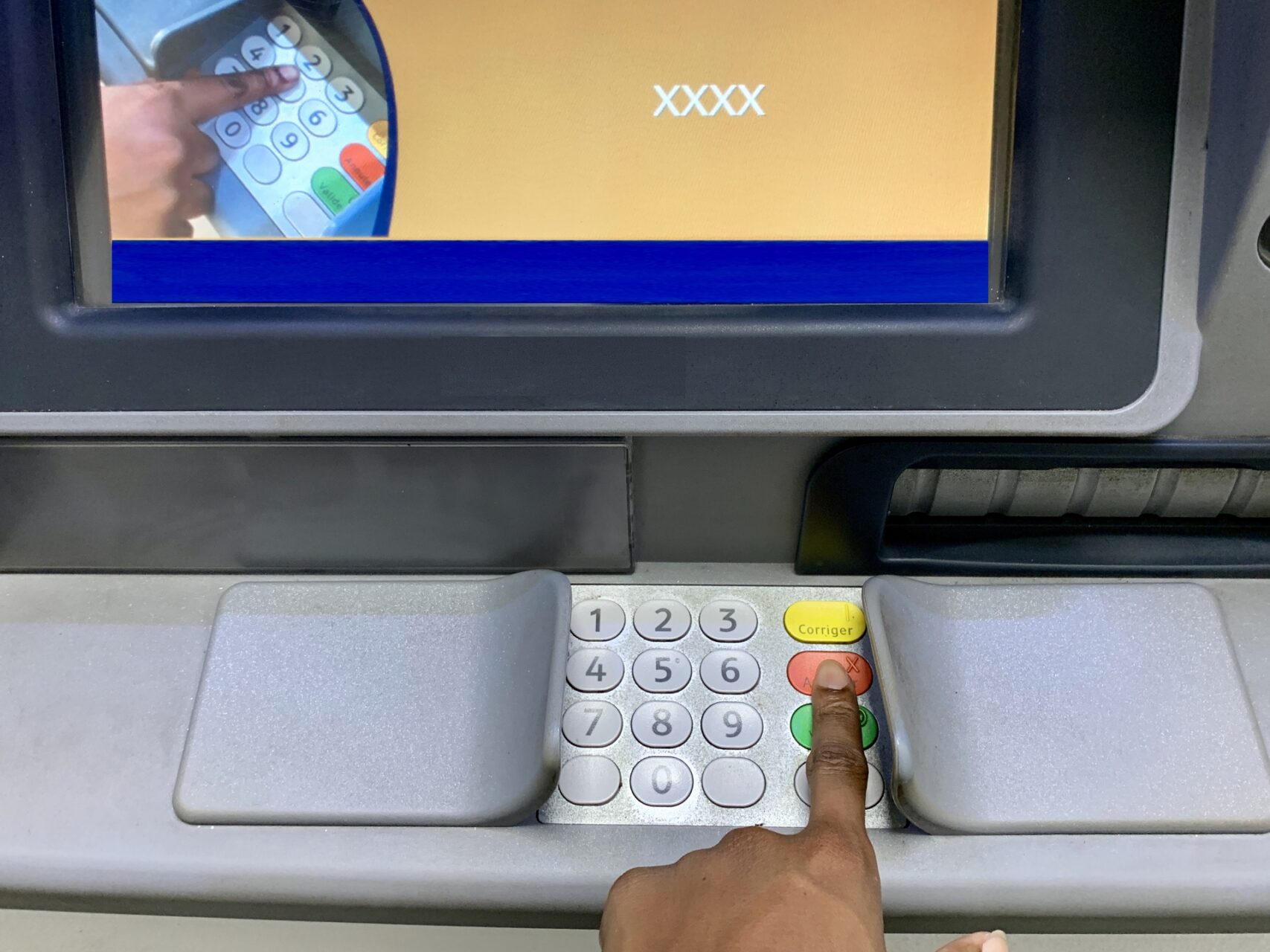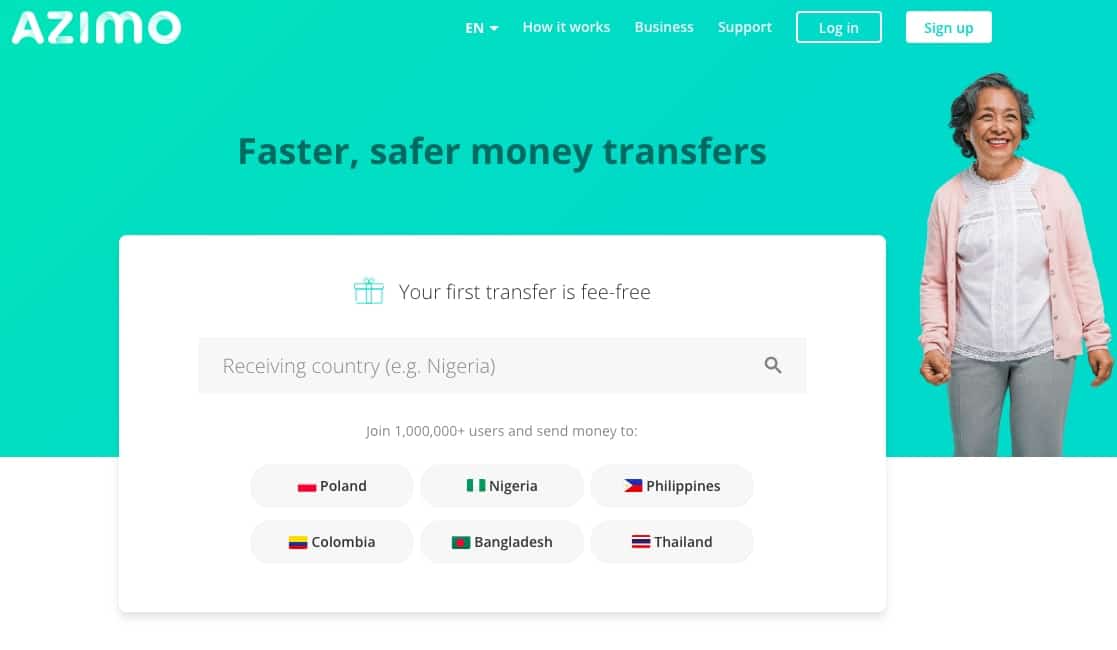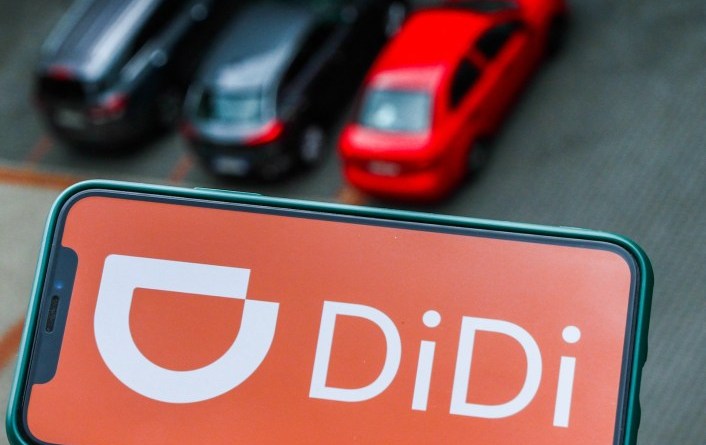I believe we all agree by now that mobile rules the world. Anyone online business in this age without a mobile strategy is running at a serious risk. Whether you are a marketer, developer or ad agency, everyone needs a strong mobile strategy to succeed in this times. Today I will be showing you how to generate mobile strategies using the 6 M’s of Mobile Services, developed by Tomi Ahonen and Joe Barett around the year 2000.
Every great mobile service (Apps, Marketing campaigns, Value Added Services etc) is built on at least 4 or 5 of these M’s, some to more degree than the others. A really great mobile service would have all six at some level. Note that these M’s are not categorizations, but dimensions, facets if you would, to every mobile service. Every developer, marketing executive, manager… can use these 6 M’s, during the inception phase, to test the validity of their mobile-centric ideas.
Movement
This has to the with the mobility of your service. It is the most obvious dimension of every mobile service. Movement is a much broader concept than just location-based services. Movement really means escaping the fixed place.
Case study: MINI Getaway campaign that ran in Stockholm back in 2010. MINI had users chasing a virtual MINI Coopers around the city with the help of a location-based iPhone app. User in possession of the virtual car had to stay at least 50 metres away from other participants or they lose the car. The user who had possession of the car for 7 days won a real MINI Cooper.
The below video explains it better.
Moment
Moment has to do with expanding the concept of time and time management. This includes breaking news, catching up on lost time, postponing time (alarm, calendar) and multitasking. About 30% of people globally use mobile as their primary management tool.
Case study: UPS Package rerouteing. A service that allows UPS to reroute packages on a real-time basis of the recepient’s actual location.
Me
This is the personal dimension of mobile services. It is about how the users can express themselves. It is about personalization; creating room for your users’ individuality.
Case study: How a deodorant brand entered the alarm clock business.

Be the smartest in the room
Give it a try, you can unsubscribe anytime. Privacy Policy.
Axe Deodorant mobile “wakeup service” campaign in Japan. We all hate the buzz, and are quick to press the snooze button on the alarm clock in the morning. Axe deodorant in Japan found an ingenious way to capitalize. Customers could opt into the service by calling a toll-free number and selecting from an array of “wakeup girl” to come wake them up in their homes.
The wakeup girls of course ensured that their “victims” used Axe deodorant before leaving home. Sales reportedly went up 300%.
Multi-user
This is all about social networking, viral marketing, recommendations; extending self to the community.
Case study: Orange and UCG movie theatre chain partnership in the UK. Every Wednesday, subscribers who pay for tickets using their Orange mobile phone get 2 tickets for the price of one. But there is a condition that ensures it includes a social element. The tickets have to be used for the same Cinema screening, meaning they must bring a partner along.
Money
This dimension is about expanding financial services. Money here is not just about cash or cash replacement. Money here is any monetary reward equivalent, loyalty points, coupons and virtual money.
Case study: Coinoffers by McDonald’s in Denmark. In 2011 McDonald’s created coinoffers, a form of digital currency that was redeemable at their outlets in exchange for food. To accumulate coinoffers, customers had to scan pixel codes (an adaptation of QR codes). These pixel codes were scattered around all advertising channels – posters, web, radio, TV commercials. McDonalds actually created an ingenious way to get consumers to sit through TV ads!
This video explains it better.
Machines
This includes all the interactivity with anything that is non-human.
Case study: SMS-controlled wireless irrigation system – Engineers in India have found a way to effectively distribute irrigation in dry areas using SMS controlled pumps.
Again, these 6 M’s are not categorizations, but rather dimensions. The more of these dimensions a mobile services has, the stronger the potential of that service.
Also, the 6M’s are not an encompassing solution to mobile. Mobile is much more broader than these. However, the theory of the 6 M’s is a particularly great development tool at the inception phase, when you are trying to generate great ideas for mobile services.
This article originally appeared as: How to generate great ideas for mobile using the 6 M's of mobile services.

